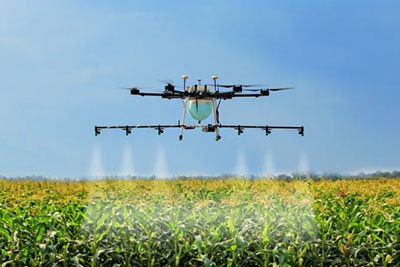Area of Interest

Poverty Alleviation
Poverty Alleviation Programmes aims to reduce the rate of poverty in the country by providing proper access to food, monetary help, and basic essentials to the households and families belonging to the below the poverty line.
According to the World Bank, Poverty is pronounced deprivation in well-being and comprises many dimensions. It includes low incomes and the inability to acquire the basic goods and services necessary for survival with dignity. Poverty also encompasses low levels of health and education, poor access to clean water and sanitation, inadequate physical security, lack of voice, and insufficient capacity and opportunity to better one’s life.
As per the Planning Commission of India, the level of poverty in a country can be estimated based on the consumer expenditure surveys that are conducted by the National Sample Survey Office (NSSO) under the Ministry of Statistics and Programme Implementation. This article will talk about the various Poverty Alleviation Programmes in India and the initiatives taken by the Government of India towards poverty alleviation.
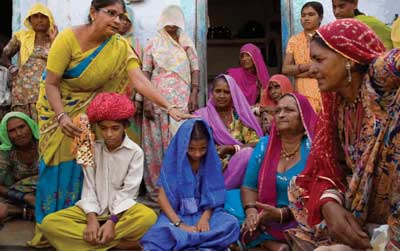
Child Marriage Free India
Saraswati Sevabhavi Sanstha, Bhatwadgaon is dedicated to the development of the deprived people (Poor rural women, people with disabilities, child labour, victims of trafficking and violence) of Maharashtra. The organization is working on the following issue of Child Marriage, Child Trafficking, Child Labour and Child Sexual Abuse. The organization participated and organized Child Marriage Free India Campaign in Beed, Aurangabad & Parbhani in Rural and Rural & urban area of Maharashtra covering over 450 villages under the project.
Reproductive/ HIV-AIDs Prevention
HIV has a myriad of effects on the sexual and reproductive health of both men and women, and sexual and reproductive health services are of central importance for those with HIV and AIDS. The aim of this issue of RHM is to raise awareness of the intersections between HIV/AIDS and sexual and reproductive health and rights and how these should be reflected in national policies and programmes.
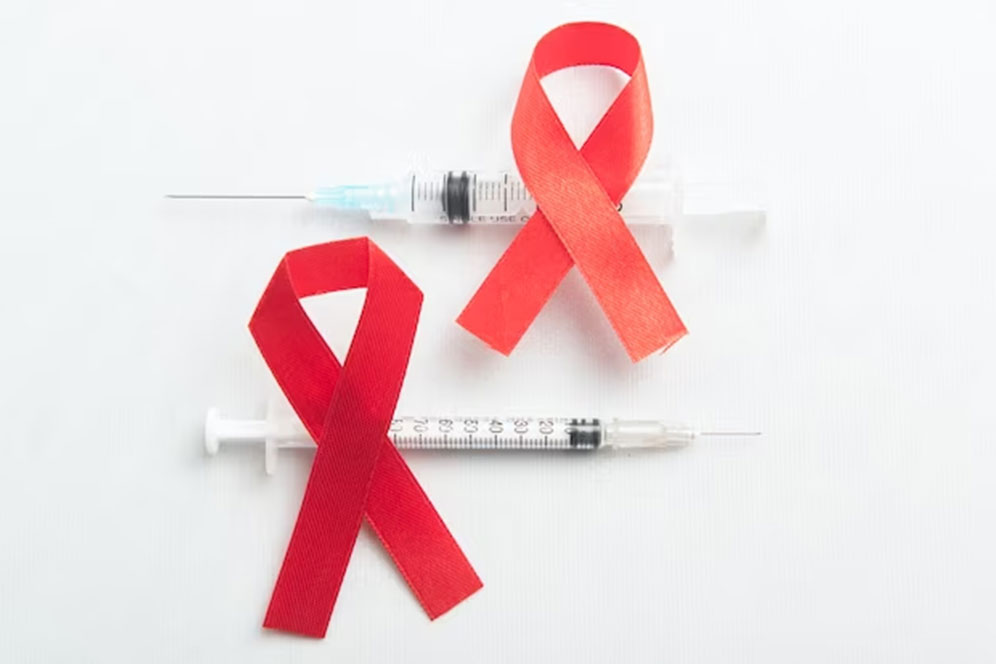
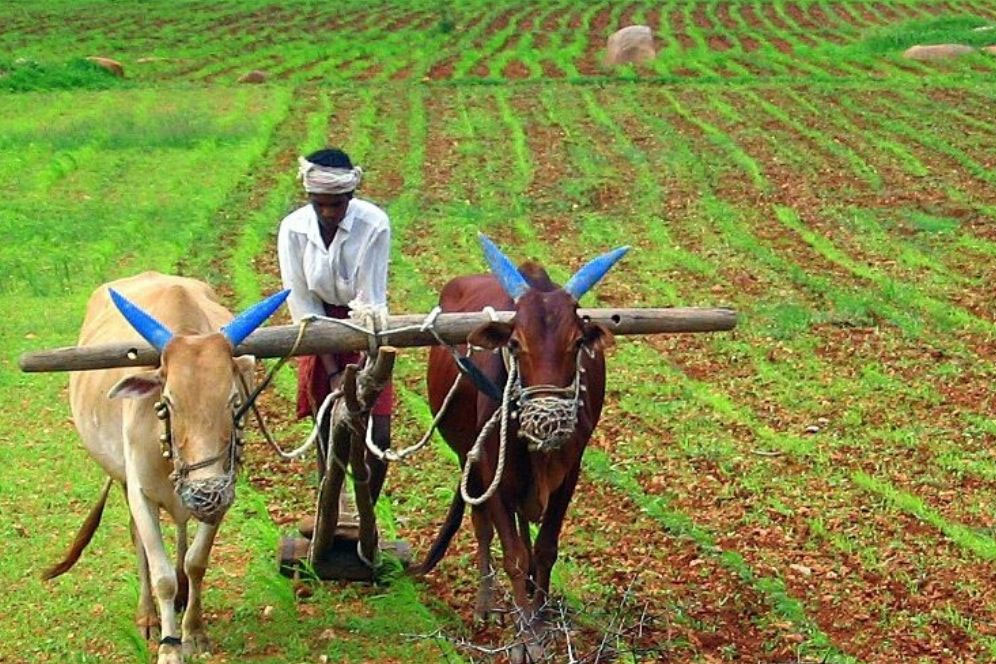
Agriculture and Livelihood Security
Natural resources provide fundamental support to life and economic processes. Soils are the foundation of agriculture, which in turn is the basic building block in the livelihoods of all people. Forests help protect water sources, reduce the risks of natural disasters such as landslides and flooding, are home to at least 80 percent of remaining terrestrial biodiversity, and are a major carbon sink that mitigates climate change. More than 1.6 billion people depend on forests for their livelihood in someway. Water is essential for the sustenance and health of humankind and indeed of all species. It is an important input for agriculture and many industries and a significant sink for waste discharges. Coastal and marine ecosystems include some of the most diverse and productive habitats on earth. Marine fisheries are an important part of the worldís food supply. Ecological processes maintain soil productivity, recycle nutrients, cleanse air and water, and regulate climatic cycles. At the genetic level, diversity found in natural life forms supports the breeding programs necessary to protect and improve cultivated plants and domesticated animals and thus helps safeguard food security. Properly managed, natural resources provide the foundation for maintaining and improving the quality of life of the worldís population and can make invaluable contributions to sustainable growth.
Reproductive/ HIV-AIDs Prevention
Natural resource management projects increasingly try to incorporate a role for communities in the design and implementation of NRM projects. For example, the Mauritania Rainfed Natural Resource Management Project (fiscal 1997) is financing the first 5 years of a 20-year long-term program to activate a process of natural regeneration of land fertility, rangeland vegetation, and livestock and forest production. It will do this by encouraging the emergence of better-adapted and more sustainable approaches to resource use. This is likely to result in greater biodiversity conservation while generating more income and a better quality of life for the local people. The project, which will provide rural communities with effective empowerment in the management of their natural resources, is active in 47 villages in three regions of the country. A number of microprojects (dikes, small dams, wells, women’s vegetable gardens, nurseries of indigenous tree species) are under way with the active participation of local communities.
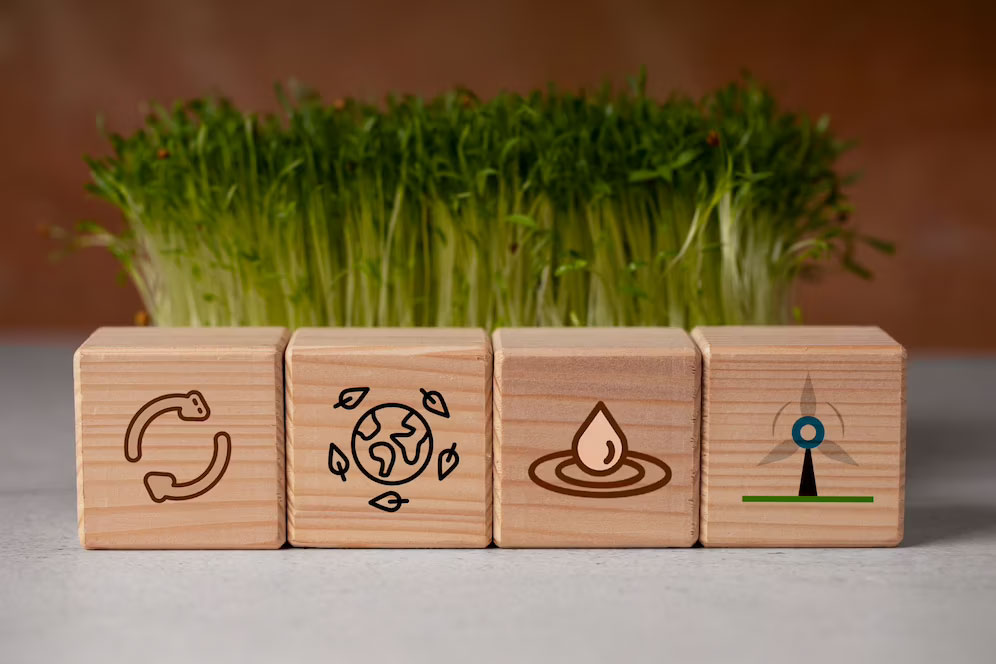

Organic Farming
Organic farming can be defined as an agricultural process that uses biological fertilisers and pest control acquired from animal or plant waste. Organic farming was actually initiated as an answer to the environmental sufferings caused by the use of chemical pesticides and synthetic fertilisers. In other words, organic farming is a new system of farming or agriculture that repairs, maintains, and improves the ecological balance.
Advantages of Organic Farming
Economical: In organic farming, no expensive fertilisers, pesticides, or HYV seeds are required for the plantation of crops. Therefore, there is no extra expense.
Good return on Investment: With the usage of cheaper and local inputs, a farmer can make a good return on investment.
High demand: There is a huge demand for organic products in India and across the globe, which generates more income through export.
Nutritional: As compared to chemical and fertiliser-utilised products, organic products are more nutritional, tasty, and good for health.
Environment-friendly: The farming of organic products is free of chemicals and fertilisers, so it does not harm the environment.
Water Supply and Sanitation
Expanding access to water and sanitation is a moral and ethical imperative rooted in the cultural and religious traditions of communities around the world. Dignity, equity, compassion and solidarity are values shared all over the world. Extending water supply and sanitation services to poor households would largly contribute to promoting them. The Right to Water, recently proclaimed by the United Nations, (General Comment No 15, 2002), is said to be “indispensable for leading a life in human dignity” and “a prerequisite for the realization of other human rights.”
Improving the health of the community.
Safe drinking water and basic sanitation is of crucial importance to the preservation of human health, especially among children. Water-related diseases are the most common cause of illness and death among the poor of developing countries. According to the World Health Organization, 1.6 million deaths of children per year can be attributed to unsafe water, poor sanitation, and lack of hygiene. The WHO/UNICEF Joint Monitoring Program evaluated that meeting the MDG Target 10 would avert 470 000 deaths per year.


Community Health and Hygiene
The environment in which we live plays a very important role in keeping us healthy. The practices to keep our surroundings clean should include:
- Proper disposal of household wastes
- Cleaning of roads and streets
- Keeping house clean
- Covering dustbins
- Spraying insecticides at regular intervals to ward off insects
Women Empowerment
Women’s economic empowerment is a prerequisite for sustainable development and pro-poor growth in any country. However, they continue to be excluded in social, economic and political domains. Gender biases due to patriarchal culture and tradition continue to exist within the household, impacting women’s lives in the public and private sphere.

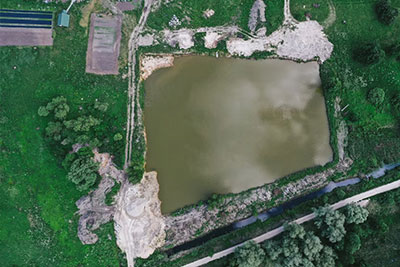
Watershed Development
Watershed is a geo-hydrological unit draining to a common point by a system of drains. Watershed development refers to the conservation; regeneration and the judicious use of all the natural resources particularly land, water, vegetation and animals and human development within the watershed. All land-based productive activities are dependent on the topography of the area, soil type, available biomass and water and call for adopting an integrated management approach, which can be better evolved within a natural domain such as the watershed. This is because a watershed is an intricate, dynamic and natural functional unit established by physical relationships and social communication and actions. Thus, watershed as a unit enables planners and implementing agency to consider all inputs, processes and expected outputs systematically which are essential for a holistic development approach.
Rural Technology/Development
Office of the Principal Scientific Advisor (PSA) to the Government of India conceptualized a mission called Rural Technology Group (RuTAG) with an aim to provide a higher level of science and technology intervention and support for development and dissemination of appropriate technologies for rural areas in 2003-04. RuTAG is centered in 7 IITs (Bombay, Delhi, Guwahati, Kanpur, Kharagpur, Madras, and Roorkee) at present. The office of the PSA also initiated RuTAG chapters attached to RuTAG Centers. The first chapter was opened at University of Jammu, attached to RuTAG IIT Delhi in 2014.
Objective: To identify the technology needs for rural areas, available technology solutions and problems encountered in adopting the existing technology at grass root level; find technology solutions through government agencies , S&T institutions, S&T NGOs, academic institutes, corporate sectors and other voluntary agencies; and disseminate refined technology to rural areas.
Technology Interventions: The technology interventions of RuTAG are essentially demand driven, could be for technology upgradation, hi-tech delivery, technology training and demonstration or through any other innovative method and have focus on problems associated with marginal communities in rural areas for livelihood creation, drudgery reduction, increase in efficiency/productivity of processes, provisions of higher income, generation of employment, downsizing of existing technologies, and local resource management and knowledge generation for further applications in rural context.
